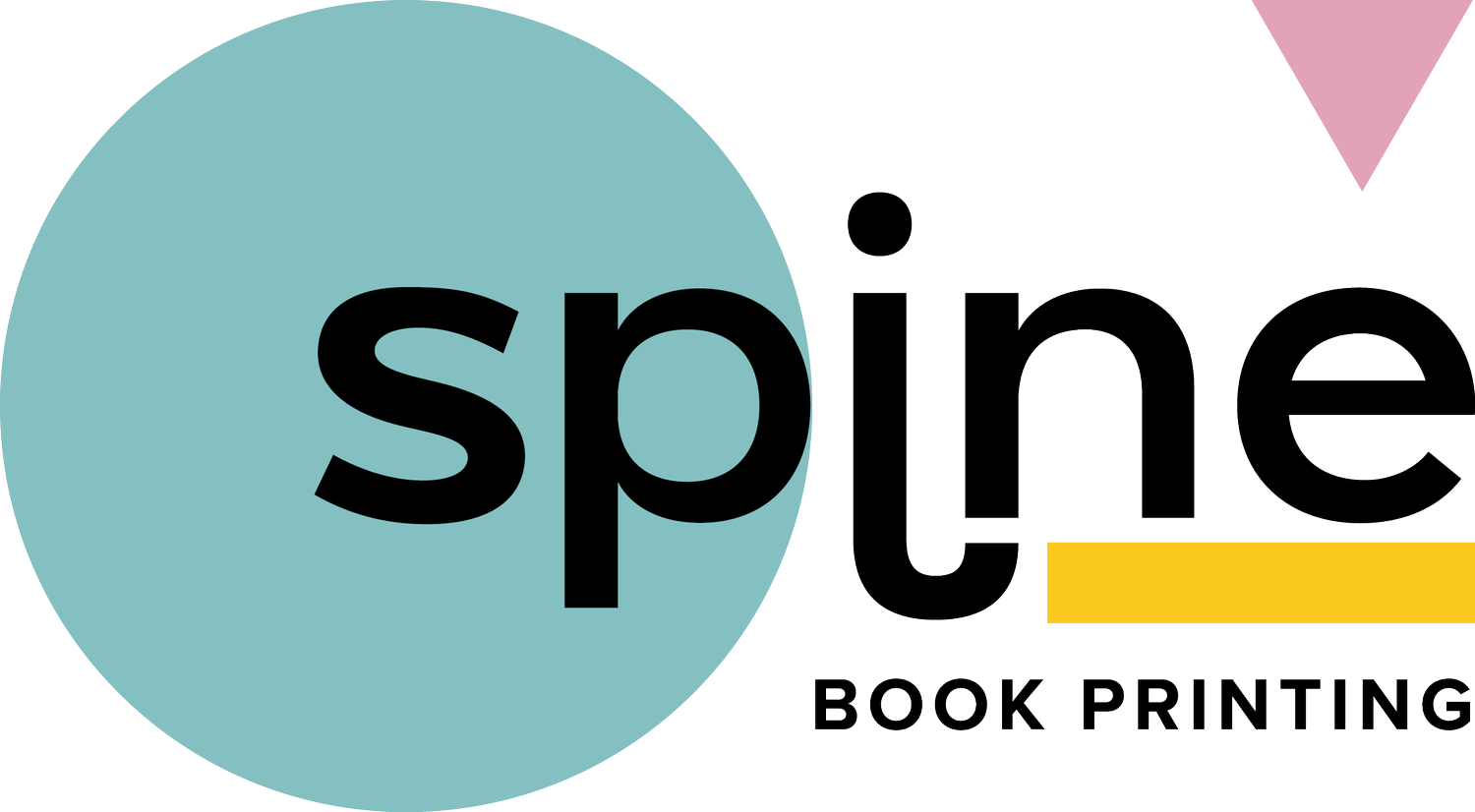Why Print Advertising Fails for Many Authors
Print advertising has long been a go-to strategy for authors seeking to promote their work. Its tangible nature seems to promise a connection with potential readers by placing a physical reminder of a book’s existence right in their hands. Many assume that having an advert in a magazine or a flyer distributed locally will lead to increased sales and visibility. Yet, the reality is quite different for many authors who find themselves puzzled when these efforts don't yield the expected results.
Instead of acting as a golden ticket to instant success, print advertising can sometimes become an expensive undertaking with disappointing outcomes. This isn't due to the medium itself, but rather the mismatches and execution errors that often accompany it. As we delve into print advertising for authors, it’s important to uncover why these setups might not always hit the mark and explore alternative approaches that might offer more fruitful results.
Misalignment of Target Market
One of the primary reasons print advertising underperforms is due to a misalignment with the target market. Knowing your audience is essential. If the advertisement lands in front of those who aren't interested, it’s like shouting at a crowd that’s wearing headphones. Understanding your readers’ preferences is crucial in guiding where and how you advertise.
Here are some common pitfalls when targeting an audience:
Wrong Placements: Ads placed in publications not read by your target audience quickly become wasted opportunities.
Generalization: A broad approach without understanding niche groups within the reading community can dilute your message.
Missing Segmentation: By failing to segment the audience, ads can miss potential readers who may be interested in specific themes or genres.
Success in advertising isn't necessarily about casting the widest net but casting the right one. Choosing the appropriate channels can make a significant difference. Next, we'll examine some financial aspects to further understand why print ads sometimes fall short.
High Costs with Low ROI
Print advertising can feel like throwing money into a wishing well without knowing if your wish will come true. Authors often invest a significant amount in these ads, hoping for substantial returns. However, the reality is that the return on investment (ROI) can be less than expected. The high costs associated with professional design, printing, and distribution don't always line up with the sales boost authors anticipate. This mismatch is frustrating, especially for self-published authors closely watching their expenses.
Considering alternatives might give you better results without breaking the bank. Digital marketing, for instance, offers flexible budgeting and precise targeting. Social media ads, email campaigns, and collaborations with bloggers or influencers are cost-effective options. These strategies let you measure your success more accurately and adapt quickly. Plus, they offer a chance to connect with readers where they spend their time online.
Inefficiency in Tracking Success
Another challenge with print ads is figuring out what works. Tracking their success is a bit like trying to catch smoke. Unlike digital platforms, where clicks and conversions provide clear feedback, print ads leave you guessing. Without the ability to see who's responding or how effective the advertisement is, authors struggle to refine their tactics.
Digital advertising, in contrast, gives us handy tools for measuring engagement and ROI. Authors can adjust their strategies based on detailed metrics, leading to improved outcomes. This data-driven approach allows for better decision-making, which is crucial in ensuring marketing efforts hit the mark.
Changing Reader Habits
Understanding how readers are consuming content today is key to effective advertising. People's reading habits continue to evolve, with more browsing being done on screens rather than paper. Online articles, e-books, and digital magazines dominate, thanks to their convenience and accessibility. Advertisers who only focus on print might miss out on reaching their full potential audience.
To keep up with these changes, authors should adapt their marketing tactics. Focus on vibrant and interactive digital ways to reach readers. Offering sneak peeks or personalised content can attract more attention. Keep an eye on movement within popular online platforms, where potential readers may be waiting. This keeps authors visible and relevant amid shifting trends.
Creating a Future-Focused Marketing Strategy
For authors looking to boost their book's visibility, developing a forward-thinking marketing approach is key. Begin by exploring various digital tactics that match your book's themes. Such methods include interactive book trailers, engaging email updates, and collaborations with online influencers. These steps help broaden your outreach and create lasting reader connections.
As technology advances, continue learning about new tools and platforms that can enhance your efforts. Embrace feedback, and don't hesitate to experiment. By staying updated and flexible, authors can confidently reach more readers and ensure their literary works find their audience.
Finding the Right Fit for Your Book
In the world of book marketing, there's no one-size-fits-all answer. Choosing the right tactics depends on understanding your unique audience and the strengths of different advertising methods. Learning through trial and error is a valuable part of this process. Authors should remain open to exploring a range of techniques to see which resonates best with their readers.
Confidence comes from knowing your options and being willing to adapt. With practice, you'll find the marketing mix that not only reaches readers but also builds lasting bonds with them. Ultimately, thoughtful experimentation can lead to a well-rounded strategy that supports your book's success.
If you're ready to explore effective and versatile options for promoting your book, choosing the right book printing binding can strengthen your marketing approach and give your book a polished finish. Work with Spine Book Printing to create a professional-quality publication that reflects your unique voice and vision.

